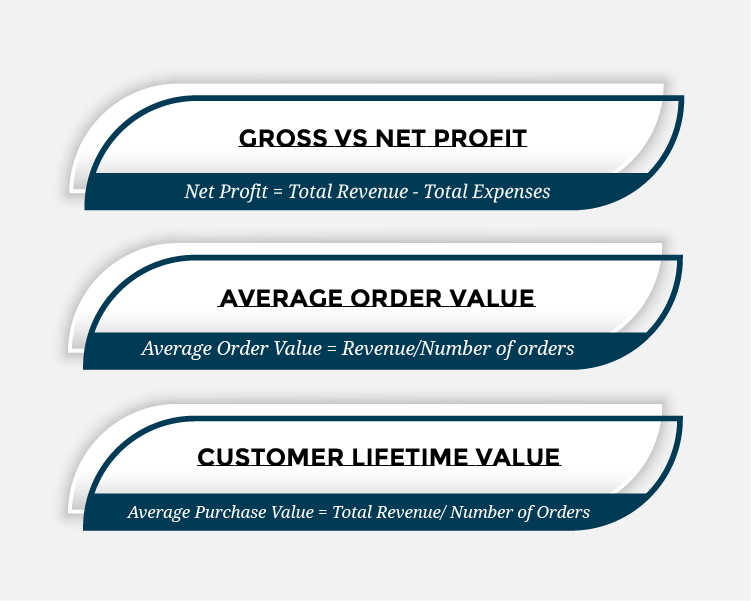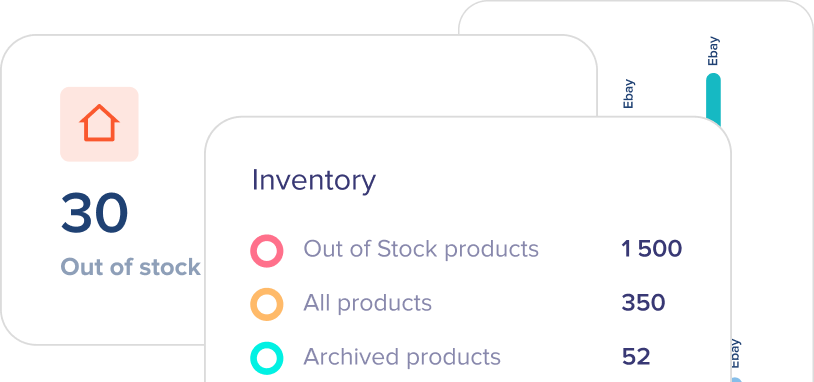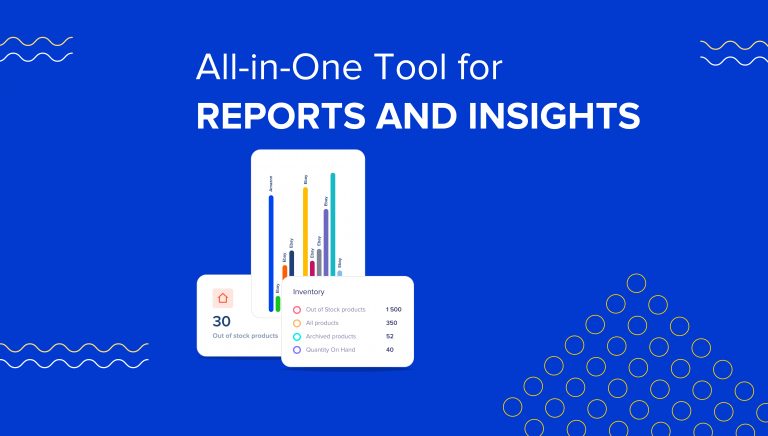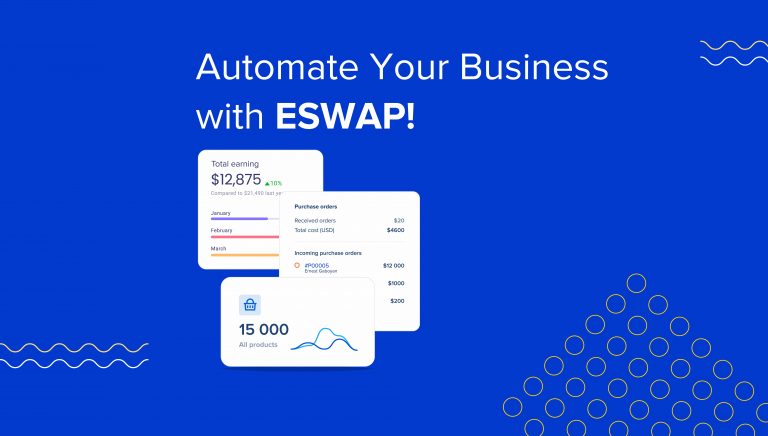No matter how big or small your business is, if you are operating in multiple sales channels, you want to measure the performance of each channel accurately. This helps to ensure that your business is on the right track. For small businesses, in particular, this part of the job takes a while to complete and requires much more effort and resources as a lot is going on. The business size does not allow allocating human and material resources for all operations.

Performance tracking and measurement are necessary not only for your retail stores and locations but also for e-commerce channels. Certain KPIs (key performance indicators) particularly refer to e-commerce industries. Therefore, as a business owner, you should learn these KPIs and keep track of them consistently for the fruitful development of your business.
To help you track the performance of your multichannel business, let’s first understand its essence. Also, let’s proceed with the strategies you need to implement!
What is a Multichannel Business?
A multichannel business involves conducting the same business process on different selling channels. These channels can be retail locations, such as retail stores or other physical branches, and online marketplaces like Amazon, eBay, Shopify, etc. The greater the number of your selling channels, the more carefully you should measure and track your business performance as each channel operates differently.
How to Track the Performance of Multichannel Businesses? KPIs
As mentioned earlier, multichannel business tracking takes place based on certain KPIs. These are metrics that help business owners evaluate their business performance and develop strategies for growth. Therefore, let’s explore some essential KPIs for multichannel business performance tracking.
Gross vs Net Profit
Net profit demonstrates the most accurate results for the business’s total costs and revenues. Gross profit often fails to include the additional costs that come with e-commerce, such as shipping fees and overhead costs. In other words, net profit counts all the allowable expenses, while gross profit only deducts the cost of goods sold.
Net Profit = Total Revenue – Total Expenses
Average Order Value
This is an e-commerce metric that counts the total cost of each order. This number can be increased by personalizing offers, selling in bundles, including free shipment and other methods.
Average Order Value = Revenue/Number of orders
Customer Lifetime Value
Customer lifetime value is one of the most important KPIs you would need to track your multichannel business performance accurately. It illustrates the estimated profit the business would generate from an average customer over the entire course of the company. This number is significant as it helps estimate the necessary amounts of investment the business should make to attract new customers.
The formula for calculating CLV is the following:
Average Purchase Value = Total Revenue/ Number of Orders.
Average Purchase Frequency Rate = Number of Purchases/ Number of Customers.
Customer Value = Average Purchase Value/ Average Purchase Frequency Rate.
Average Customer Lifespan = Sum of Customer Lifespans/ Number of Customers

Net Promoter Score
Net Promoter Score is the primary indicator of your customers’ attitude towards your business. It reflects your customers’ loyalty and helps you understand how likely your customers are to recommend your product or service to others. NPS has a range of -100 to 100. It can be measured through quick surveys, polls, or other methods in which your business constantly communicates with customers. Obviously, the higher your net promoter score, the better the growth of your business.
NPS = %promoters – %detractors
Cost of Goods Sold
Cost of Goods Sold (COGS) illustrates the most relevant and meaningful information related to the costs your business occurs. It is the cost of one product to the manufacturer, retailer or distributor. Therefore, it allows you to easily find out what products are in vain, and what products are of more importance for your business.
Cost of Goods Sold = (Beginning Inventory + Cost of Goods) – Ending Inventory
Cost Per Order
This is about measuring total cost that was spent on advertising for generating one purchase. It helps to measure the cost-effectiveness of marketing campaigns and to find out whether the efforts were worth it or no.
Cost per order = Advertising cost / Orders placed
Segmented Conversion Rates
The conversion rate illustrates the traffic on your e-commerce site. In other words, it reflects how many visitors your website has per given period and how many of them end up making a purchase due to spending time on your website. Therefore, you can make reasonable assumptions based on the fluctuations of your website’s conversion rates and test different strategies to understand how the conversion rate is affected.
Conversion rate = (conversions / total visitors) * 100%
Customer Retention
Retention Rate is also a type of rate that is connected to the Customer Lifetime Value. It gives valuable data regarding buyer personas. This is not that much about numbers, but about customers that return. And also about finding out what channels brought them back.
Cart abandonment
The shopping cart abandonment rate is another key metric for business owners to follow consistently. It shows how many potential customers added the item to their shopping cart, reached the checkout page, and did not make the purchase. Therefore, based on this rate and each visitor’s activity, business owners can find and fix their websites’ flaws and ensure a more productive shopping process for their customers.
How to Manage Your Inventory on Multiple Channels?
Using inventory management software to organize the inventory management process on multiple selling platforms has become a popular choice for many business owners. eSwap is one of that multifunctional software that would simplify your inventory management process and make your life easier.
eSwap offers a multichannel listing feature that lets you control your inventory on all your selling channels through a single dashboard. The system automates the stock level update and other similar processes. Consequently, you have to simply pull up the eSwap app on your mobile every time you want an update on your inventory.
Sign up for a 14-day free trial and start your eSwap journey!
Final Thoughts
In a multichannel business setting, the same business process is conducted on different selling platforms, including the commerce and e-commerce marketplaces. Numerous key performance indicators have been created to help business owners evaluate the performance of business operations on each channel. Some of the most widely used ones include customer lifetime value, conversion rate, cart abandonment, etc.
Lastly, to ensure a seamless and optimized inventory management process throughout all your selling channels, you can use an inventory management tool such as eSwap and rely on the system that will do your job automatically.







